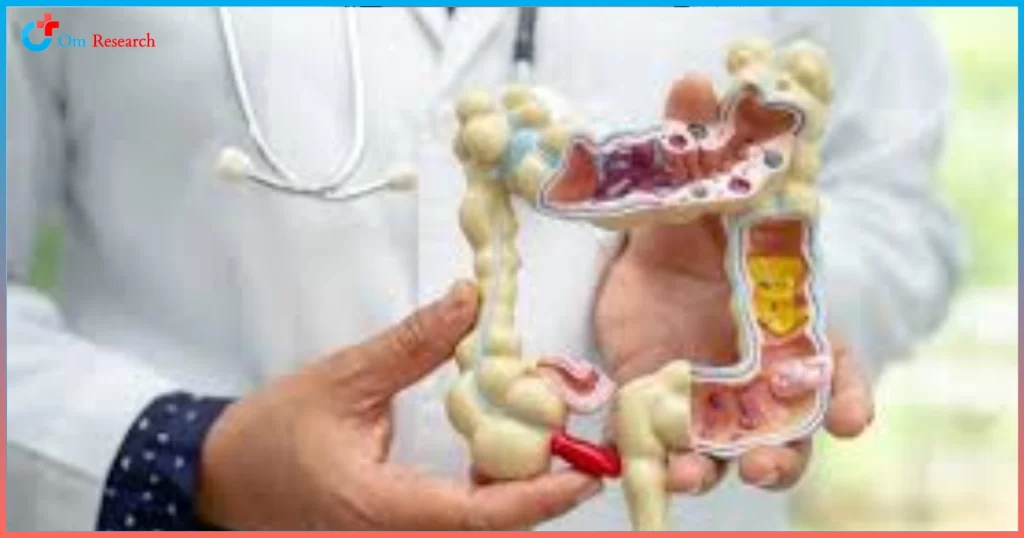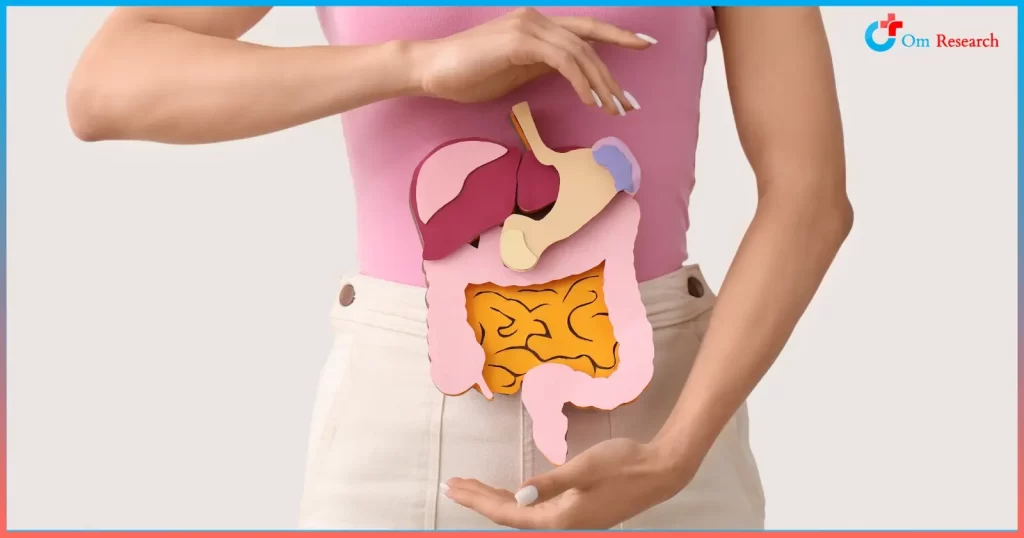Clinical trials are an important research technique for expanding medical knowledge and improving patient care. Clinical research is conducted by researchers to test the efficacy and safety of novel and existing treatment options and how therapies or tactics work best for certain illnesses or groups of people.
Clinical trials are critical for identifying novel illness therapies and new methods of detection, diagnosis, and risk reduction. Clinical trials provide researchers with information about what works and what doesn’t across different populations.
Clinical trials can assist doctors in determining if the adverse effects of a new medication are tolerable when weighed against the possible benefits.
A patient may find it difficult to determine whether to participate in a clinical study due to the uncertainty involved. While, in rare circumstances, patient volunteers have been harmed by the medicine or technique used in a clinical study, millions of others have benefited as they participated in a trial that resulted in a newer, more effective treatment.
How Clinical Trials Work
If you participate in a clinical trial, you may receive tests or treatments in a hospital, clinic, or physician’s office. In certain respects, participating in clinical research differs from receiving routine treatment from your own doctor. For example, you may have more tests and medical exams than usual.
Clinical trials are conducted for research purposes; therefore, the investigations adhere to rigorous scientific criteria. These criteria protect patients and contribute to trustworthy study outcomes.
Clinical Trial Protocol
Each clinical study includes a master plan known as a protocol, which outlines how the experiment will proceed.
The study is overseen by a principal investigator (PI), who is often a physician. The protocol for the clinical study is prepared by the sponsor of the study.
The protocol describes what will happen throughout the clinical experiment and why. Each medical facility conducting the study follows the same protocol, which is evaluated and approved by multiple committees. The committees are in place to safeguard patient safety and can discover new treatments for different conditions.
A protocol should contain important details such as the number of patients participating in the clinical trial, who is eligible to participate, the tests patients will receive and how often they will receive them, the kind of data that will be gathered during the trial, and comprehensive information about the treatment plan.
When conducting clinical trials, researchers take precautions to prevent bias. “Bias” refers to the effect of non-protocol or human decision-making on the trial’s outcomes.
Comparison Groups
Most clinical studies include comparison groups, according to experts. This indicates that the trial’s patients are matched to one of two or more comparable groups.
Different medical techniques will be administered to each group. For instance, a disease may be treated with novel therapy for one group and the current standard of care for another group.
The data may then be compared by researchers to see if one group’s outcomes are superior to the other.
Also, the use of comparison groups guarantees that no participant in a study is denied treatment for the study. When there is no recognized standard therapy for a condition, participants in one group may occasionally be given a placebo, which is an inert tablet that resembles the test product. Before you consent to participate in a clinical study, you will be informed if a placebo will be used.
Randomization
Randomization is used in several clinical trials with comparison groups. This involves randomly allocating patients to several comparison groups instead of giving them a choice. Usually, the group allocations are created by a computer program.
Currently On-going Clinical Research at Om Research
Below is currently on-going clinical research at Om Research locations in California.
Gastroesophageal Reflux Disease (GERD)
Everyone deals with acid reflux sometimes. It can be discomforting, but it doesn’t disrupt the day-to-day. Some people are unfortunate to experience these issues at a much higher frequency and intensity. This severe form of acid reflux is known as gastroesophageal reflux disease; GERD for short. Some of the symptoms experienced from this condition are:
- Heartburn
- Burping
- Coughing
- Regurgitation
- A small bit of acid (sometimes with food) being pushed back up the esophagus
- Interrupted Sleep
- GERD symptoms can be worse when laying down
Eosinophilic Esophagitis (EoE) Study
Eosinophilic Esophagitis (EoE) is an allergic reaction that happens in the esophagus. It can be triggered from food or something in the environment.
Eosinophilic Esophagitis is diagnosed through an upper endoscopy, also known as EGD.
(Esophagogastroduodenoscopy) EoE is often misdiagnosed as GERD (severe acid reflux) Symptoms can include:
• Dysphagia (difficulty or pain eating)
• Food going down slowly
• Food getting stuck
• Nausea
• Vomiting
Apply now for Eosinophilic Esophagitis (EoE) Study
Primary Biliary Cholangitis
Primary biliary cholangitis (PBC), previously known as primary biliary cirrhosis, is an autoimmune disease that affects the liver. Here are the key points:
Bile Duct Damage
- PBC causes inflammation and gradual destruction of the small bile ducts in the liver.
- Bile ducts play a crucial role in digestion, vitamin absorption, and cholesterol elimination.
- Ongoing inflammation can lead to bile duct damage and permanent scarring (cirrhosis).
Symptoms
- Early symptoms (often asymptomatic):
- Fatigue
- Itchy skin
- Later symptoms:
- Yellowing of skin and eyes (jaundice)
- Dry eyes and mouth
- Pain in the upper right abdomen
- Swollen spleen (splenomegaly)
- Bone, muscle, or joint pain
- Swollen feet and ankles
- Ascites (fluid buildup in the abdomen)
- Xanthomas (fatty deposits around eyes, eyelids, or joints)
- Hyperpigmentation (darkening of skin)
- Osteoporosis (brittle bones)
- High cholesterol
- Steatorrhea (diarrhea with greasy stools)
- Hypothyroidism
- Weight loss
Causes
- Autoimmune Disease:
- The immune system mistakenly attacks healthy bile duct cells.
- Genetic and environmental factors likely contribute.
- Liver Inflammation:
- White blood cells (T cells) accumulate in the liver, damaging bile ducts.
Apply now for Primary Biliary Cholangitis study
Ulcerative Colitis
Did you know that ulcerative colitis may be linked to a body’s overreaction to antibiotics? This inflammatory bowel disease is very similar to its cousin Crohn’s Disease, often resulting in the two being misdiagnosed. Ulcerative colitis causes inflammation and ulcers in the bowel. This leads to several undesirable symptoms such as:
• Abdominal Pain
• Soft or Liquid Stool
• Frequent Bowel Movements
• Blood in the Stool
Unfortunately, there isn’t a cure for ulcerative colitis; but there are effective treatments and new ones being worked on every day. If you would like to volunteer for one of our ulcerative colitis studies,
Apply now For Ulcerative Colitis Study
Metabolic Dysfunction-Associated Steatohepatitis (MASH) Study
Metabolic Dysfunction-Associated Steatohepatitis (MASH/MASLD) Study is a growing concern in the healthcare community. More and more people are being diagnosed with this disease that does not have an available treatment. It still isn’t clear what causes the disease, but the results are a buildup of fat on the liver that can lead to scarring and decreased function. It has been linked to diet, obesity, high cholesterol and triglycerides, and Type II Diabetes. It’s a silent disease- meaning it has very few, if any, symptoms- but can lead to cirrhosis of the liver which has fatal consequences.
To qualify you need to:
• Be between the ages of 18 and 75
• Not have any other known causes of chronic liver disease (i.e. alcoholic liver disease, autoimmune hepatitis, etc.)
Apply now for Metabolic Dysfunction-Associated Steatohepatitis (MASH) Study
Lung Cancer Screening
Lung cancer screening is a test used to detect lung cancer early, before symptoms develop. It’s recommended for older adults with a high risk of lung cancer, particularly those who are longtime smokers and don’t exhibit any signs or symptoms of the disease. The screening involves a low-dose computerized tomography (LDCT) scan of the lungs. Detecting lung cancer at an early stage increases the likelihood of successful treatment. Om Research is conducting a study looking at blood markers to help identify cancer. Patients interested in the study must be scheduled for a standard of care lung cancer screening, including an LDCT.
Apply now for Lung Cancer Screening study
Major Depressive Disorder
Major Depressive Disorder (MDD) is a common, yet severe mental illness that affects a person’s mood, behavior, and overall sense of well-being. According to the World Health Organization (WHO), depression is the leading cause of disability worldwide. In this blog post, we will discuss the symptoms, causes, and treatment options for MDD.



